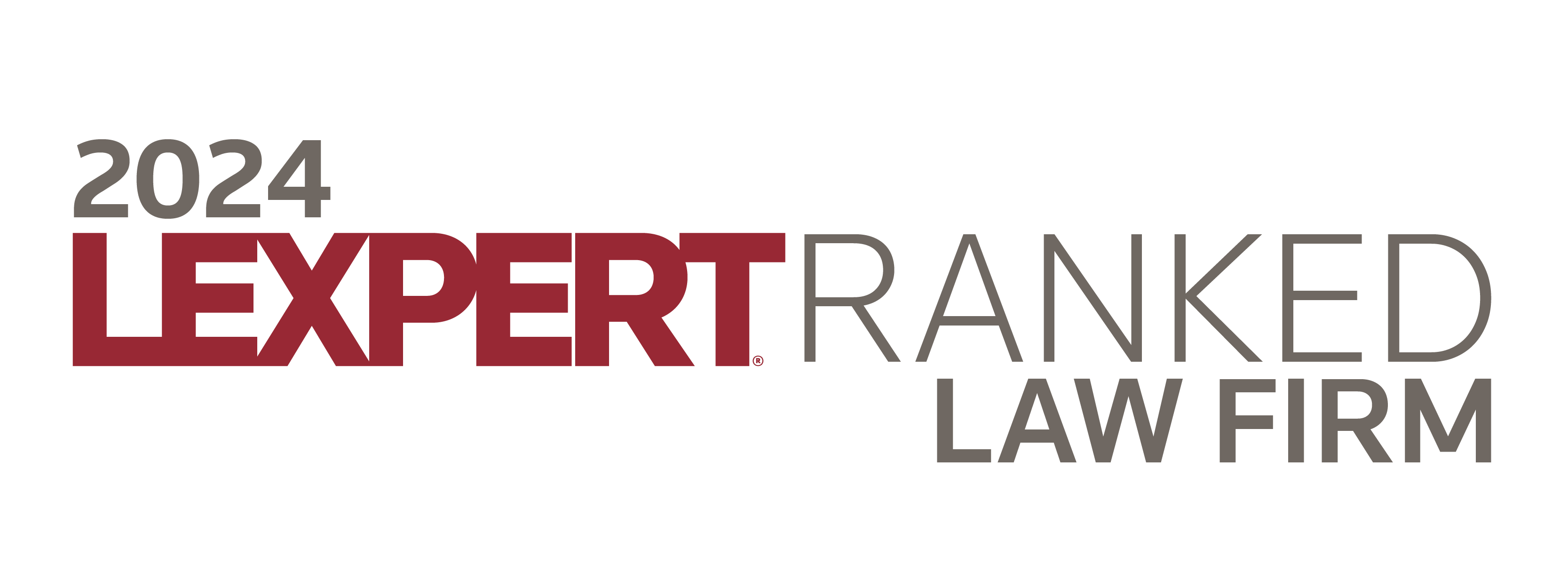On December 19, 2024, the Alberta Superintendent of Insurance (the “Superintendent“) published a revised version of Interpretation Bulletin No. 05-2024, titled Motor vehicle warranty contracts, dealership loyalty programs and vehicle protection products (the “Revised Superintendent Bulletin“) originally published on October 18, 2024. In connection with the Revised Superintendent Bulletin, the Alberta Insurance Council (the “AIC“) also published information bulletin IB-2024-01 titled New Alberta Insurance Council (AIC) Restricted Business License insurance type – Motor vehicle warranty contract, dealership loyalty programs, and vehicle protection products (the “AIC Bulletin“).
The AIC Bulletin
This AIC Bulletin provides important licensing information, including application availability, related to a new restricted business license type required to sell dealership loyalty programs and vehicle protection products. It also provides further information about the requirement to hold a Restricted Certificate of Authority to sell certain motor vehicle warranty products that are now considered insurance products. It applies to all auto dealerships and equipment dealers selling motor vehicle warranty products, dealership loyalty programs, and ancillary motor vehicle protection products (e.g. key fob replacement coverage, glass protection products, non-manufacturer tire and rim warranties, etc.).
We describe the licensing requirements for each product as set out in the AIC Bulletin below.
The Revised Superintendent Bulletin
The Revised Superintendent Bulletin is consistent with the original Bulletin No. 05-2024 published in October 2024 which clarified the regulatory view of products commonly marketed by automobile dealerships in conjunction with the sale of motor vehicles. However, the Revised Superintendent Bulletin clarifies that any motor vehicle insurance product that is considered insurance must comply with all regulatory requirements applicable to the particular class of insurance, including having policy wordings approved by the Superintendent and rating programs approved by the Automobile Insurance Rate Board.
The Revised Superintendent Bulletin applies to three categories of products: (1) motor vehicle warranties, (2) motor vehicle dealership loyalty programs, and (3) motor vehicle protection products.
- Motor Vehicle Warranties
The Superintendent distinguishes between manufacturer warranties and third-party warranties. Warranties and extended warranties that are offered by the manufacturer (or a wholly-owned subsidiary) of the vehicle are not insurance and are instead subject to the provisions of the Consumer Protection Act (Alberta). However, the Superintendent states that if the coverage includes any risk, peril, damage or loss beyond those inherent deficiencies in the workmanship or materials arising from the production of the motor vehicle, such products are contracts of insurance.
On the other hand, where a motor vehicle warranty contract is issued by a person other than the motor vehicle manufacturer or its wholly-owned subsidiary (e.g., automotive dealer), these products are contracts of insurance. There is an exception for warranty contracts issued by a person providing coverage solely for those inherent deficiencies in the workmanship arising from the person’s service or repairs of a motor vehicle (e.g., automotive repairer), which are not considered insurance.
The Superintendent also confirms in the Bulletin that motor vehicle warranty insurance falls under the class “equipment warranty insurance” as defined in the Classes of Insurance Regulation, and is therefore included in the restricted insurance type “equipment warranty insurance” as defined by the Alberta Insurance Council in a 2020 publication, which is available here.
Licensing Requirement for Motor Vehicle Warranty Products
Pursuant to the AIC Bulletin, motor vehicle warranty contracts, including those issued by third parties, fall under the existing “equipment warranty insurance” type for restricted certificates of authority. Any business wishing to sell motor vehicle warranty contracts, including those from third parties, will be required to hold an “equipment warranty insurance” type of Restricted Certificate of Authority with AIC that authorizes the sale of those products.
- Motor Vehicle Dealership Loyalty Programs
The Superintendent describes dealership loyalty programs as products where the price is typically described as a membership fee, and a dealership discount is provided to consumers on a future replacement motor vehicle should an event occur that results in damage or total loss of the original motor vehicle. Discount values can vary and are based on several factors including, but not limited to, the type of loss, the sale price of the original motor vehicle, and motor vehicle age at the time of purchase. Such products indemnify consumers for part of the cost of purchasing a replacement motor vehicle only on the happening of a certain risk or peril, such as theft or collision. Accordingly, these loyalty programs are insurance and must be developed, sold, and underwritten in compliance with the Insurance Act (Alberta) (the “Act“). The Superintendent does not consider debt waivers (which are agreements by the lender of an auto loan to waive up to a certain amount of a vehicle loan if the vehicle is written off, and the insurance payment is less than the outstanding loan amount) to be insurance.
- Motor Vehicle Protection Products
The Revised Superintendent Bulleting sets out a non-exhaustive list of examples of vehicle protection products (defined as “VPPs“) that are considered insurance under the Act.
- Deductible reimbursement and/or monetary credits given in the event of loss, damage, or theft of a motor vehicle;
- Non-manufacturer tire and rim warranties providing for tire and rim replacement (warranties provided by the motor vehicle manufacturer for tires and rims included in the motor vehicle’s assembly are excluded and are not considered insurance).
- Glass protection products promising to pay some or all of the cost of a windshield replacement;
- Products intended to deter theft that include a promise to make a payment in the event of the theft and/or non-recovery of the motor vehicle (or part thereof), such as theft-deterrent etching or tagging and catalytic converter anti-theft devices, that include a promise to pay if the product fails;
- Key fob replacement coverage; and
- Payment for a motor vehicle rental provided in conjunction with a VPP that is insurance.
Roadside service plans, motor vehicle service plans that provide solely for planned maintenance or routine service of a motor vehicle, or minor repairs that are routine to the ownership of a motor vehicle, are not considered contracts of insurance.
The Superintendent further clarifies that whether a service plan contract is considered insurance or not will depend on whether the service relates directly to wear and tear due to the use of the item as opposed to damage from an external risk such as collision or theft. If the service/repair provided is for reasonable and expected wear and tear, it is likely not insurance.
The key distinction between whether a product is considered insurance or not is whether the product pays an amount or provides something of value in the event of loss or damage resulting from a fortuitous event, rather than a defect in the quality of the product or reasonable wear and tear.
Licensing Requirement for Dealership Loyalty Programs and VPPs
Auto dealerships and equipment dealers wishing to sell motor vehicle dealership loyalty programs and vehicle protection products must apply for and hold a “dealership loyalty programs and vehicle protection products” type of Restricted Certificate of Authority with AIC, which is a category of certificate that has been newly created. Loyalty programs and protection products must be underwritten by licensed insurers and dealerships and dealers who wish to sell these products must hold the new Restricted Certificate of Authority allowing the sale of motor vehicle dealership loyalty programs and ancillary motor vehicle protection products.
The AIC Bulletin states that the class of insurance for motor vehicle dealership loyalty programs and ancillary motor vehicle protection products depends on the type of product being sold and identifies the insurance classes of common dealership loyalty and ancillary motor vehicle protection products.
Applications for the new “dealership loyalty programs and vehicle protection products” type of Restricted Certificate of Authority were to be made available on AIC’s website from January 7, 2025.
Penalties
Failure to comply with the requirements of the Act in Alberta may result in an administrative penalty of up to $25,000 for each contravention. A person convicted under section 786 of the Act may also be subject to a fine of up to $200,000 (and if of a continuing nature, each day or part of a day constitutes a separate offence).
If you have questions regarding the Bulletin and its application to your business practices, you can reach out to a member of our team.

